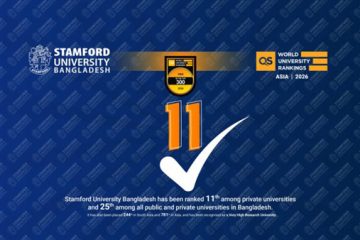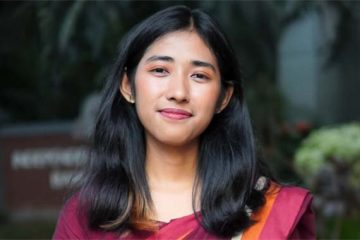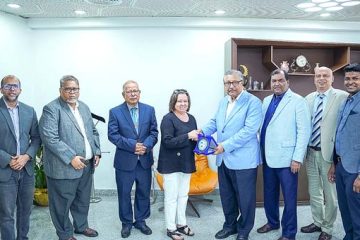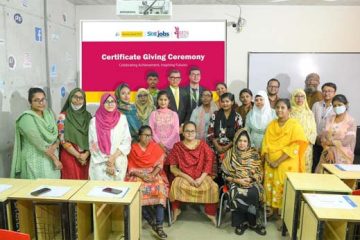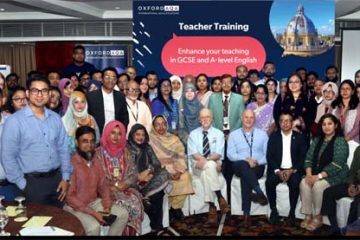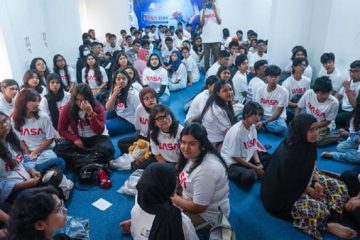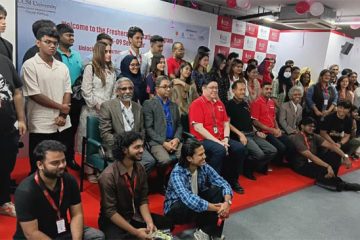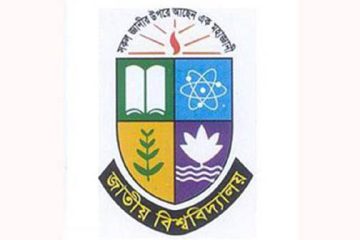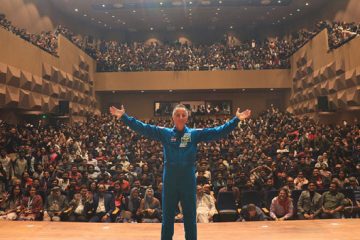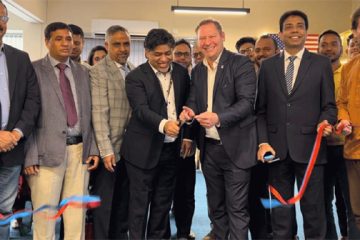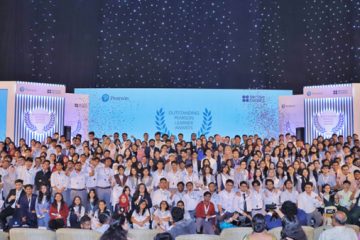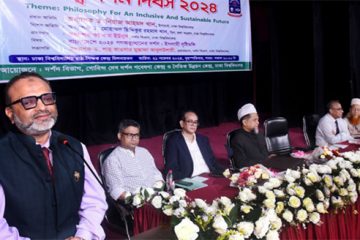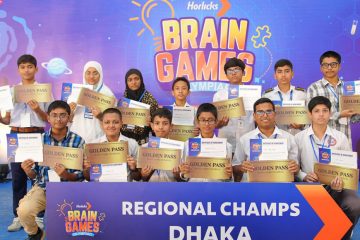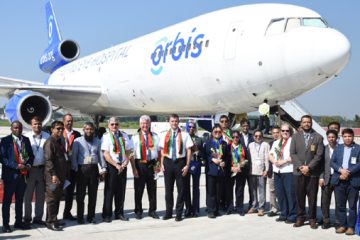The South Asian University (SAU) will begin its first academic session from a temporary campus in Jawaharlal Nehru University (JNU) in August with 50 students in two masters courses.
The students will be taken from the eight member states of the South Asian Association for Regional Cooperation (Saarc), official sources said.
Though the university — first of its kind in the region — has been allotted land in the capital for its campus, classes for the first year will be held in the School of Physical Sciences building at JNU.
The building is currently lying vacant and JNU has agreed to lend the premises to SAU to start a temporary campus. The SAU has already advertised for admission to two courses: A two-year programme of masters in Development Economics and a three-year course of masters in Computer Applications, each with 25 seats.
Students from Afghanistan, Bangladesh, Bhutan, India, the Maldives, Nepal, Pakistan and Sri Lanka can apply for admission. A limited number of seats will also have for students from outside the Saarc region.
As per the rules, the host country will not get more than 50 per cent of the seats and member countries will not get less than four per cent of seats. The seats that are left vacant would be offered to the smaller countries before they revert back to the host country.
JNU Vice Chancellor BB Bhattacharya sent a letter to SAU Chief Executive Officer GK Chadha on June 2 to use the university building for running classes.
The administration department of the SAU has already started work at the CRS Language laboratory building on the JNU campus.
The SAU will have campuses in all eight member countries with India having offered to take the lead. The concept of a world class university was initiated by Prime Minister Manmohan Singh during the 13the Saarc Summit in Dhaka in 2005 with an agreement for establishing the university signed in April in 2007 during the 14th summit in New Delhi.
The foundation stone of the SAU campus on 100 acres of land in Maidan Garhi, was laid in 2008.
The initial investment for the university is being made by the Indian government. All Saarc member countries will contribute to operational costs and the university will also raise money from international financial institutions, educational foundations and donors.
The main focus of the university would be on research and postgraduate level programmes. It will offer 12 postgraduate science and non-science faculties as well as a small faculty for undergraduate studies.
At full strength, the university will have 7,000 students and 700 teachers.
A flagship Institute of South Asian Studies will also be established.

